We recently returned from a road trip across South Africa, into Mozambique and all the way up to Vilanculos, just North of the Tropic of Capricorn. We had expectations in our mind of something like Mauritius – tropically beautiful with a booming tourism industry and a mix of first and third world. So we piled into our regular family car, chucked in a few bags full of beach wear and off we went. Boy were we in for a surprise. This was probably the most eye opening trip we have done as a family – so vastly different to what we expected and so very far out of our comfort zones.
Here is what we found:
There are some facts in life that leap head first into your brain, nuzzle up, make themselves comfortable and stay with you forever. For me, one of these was taught in primary school English class. We were learning how to write a good story and our teacher reckoned the best way to start was with the “5 W’s” – what, when, where, who and why.
As tempting as it is to launch straight into the how, let me start with an intro that would make ma’m proud.
WHAT is a travel blogger?
In essence, anyone who travels and publishes regular stories and photos on their travels is a travel blogger. These stories can be published on your website, on Facebook, Instagram, YouTube – you name it. Hobby bloggers write about travelling as a hobby, often with a hope of becoming a professional travel blogger, who earns a living out of their travel blog. I mean, who wouldn’t want to get paid to travel, right?
WHY would you want to be a travel blogger?
If you were to tell me that you could find a tourist destination without a single photo on the internet, I would call you crazy. In this digital age of oversharing on social media any place travel worthy has been facebooked, instagrammed and tweeted to death, in addition to being marketed on its website and myriad accommodation booking sites. Everywhere can be found on Google’s image search. At least that’s what I believed until I went on a cyber mission to locate somewhere nice to stay around Vanderkloof Dam in the Northern Cape.
As we screamed along the rough dirt road, driving way faster than we had dared so far in Mozambique, I wondered whether this Kamikaze style drive was in fact the safer route home and pondered over how we had managed to get ourselves into this dangerous off-road high speed car chase.
It all started the day before when after a long day on the road from Vilanculos to Johannesburg, we arrived at our overnight destination of Bilene. So far, we had traversed Mozambique’s Quality Street smorgasbord of assorted roads without incident, barring a speeding ticket, which is fascinating in itself as we have never driven slower on a road trip.
It’s hard though to know how fast you are actually allowed to go on Moz’s roads. The speed limit on the EN1 is 100, but this decreases to 80 and then 60 through each settlement. As the land around the highway in Mozambique is pretty much fully settled, this means there is an equal split between 100 and 60. And of course the traffic police set up hidden speed checks in the trickiest 60 zones – the ones where the signs have fallen off and you are unsure of whether it’s still 60 or 100 again. It was in one of these when Ralph saw the back of the 80 sign on the opposite side of the road and figured that meant that 60 was over on our side.
As he started to accelerate, out jumped a lady in a white shirt and blue cargo pants – the uniform of the official traffic police. Continue reading…
After another early start from our overnighter in Xai-Xai, we thoroughly enjoyed a day on the EN1 national highway up the coast to Vilanculos. We had left South Africa’s chilly July winter well and truly behind us and basked like lemurs in Mozambique’s humid warmth.
From Xai-Xai heading North, the coastal areas are thick with palm trees and as we headed closer to Vilanculos, we were delighted to see ethereal Baobab trees making an appearance between the palms. We have always loved these gigantic trees that look like they have been planted upside down and we stopped to absorb the incredible groves of these ancient giants with their thick trunks and velvety pods.
All we knew of Vilanculos is what we had been told by others – it was tropical, it was beautiful, it was paradise on Earth. When we looked on Google Maps we were thrilled to discover that Bazaruto Island was right off its shore – even better! We have drooled over other people’s photos of Bazaruto’s powdery white beaches and tropically turquoise waters for decades. The only frame of reference we had in our minds for somewhere so perfectly tropical was Mauritius, so we very much expected a Mauritius on the mainland.
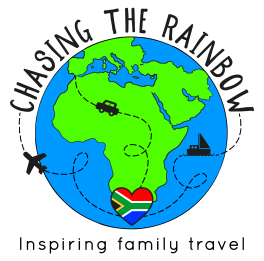

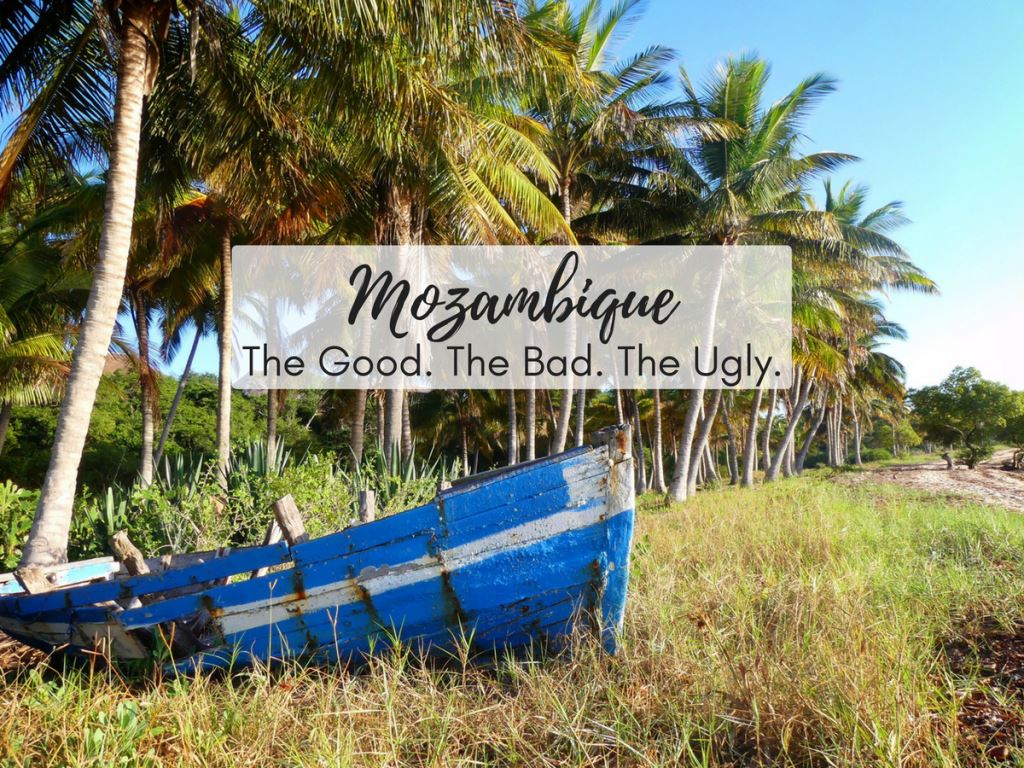
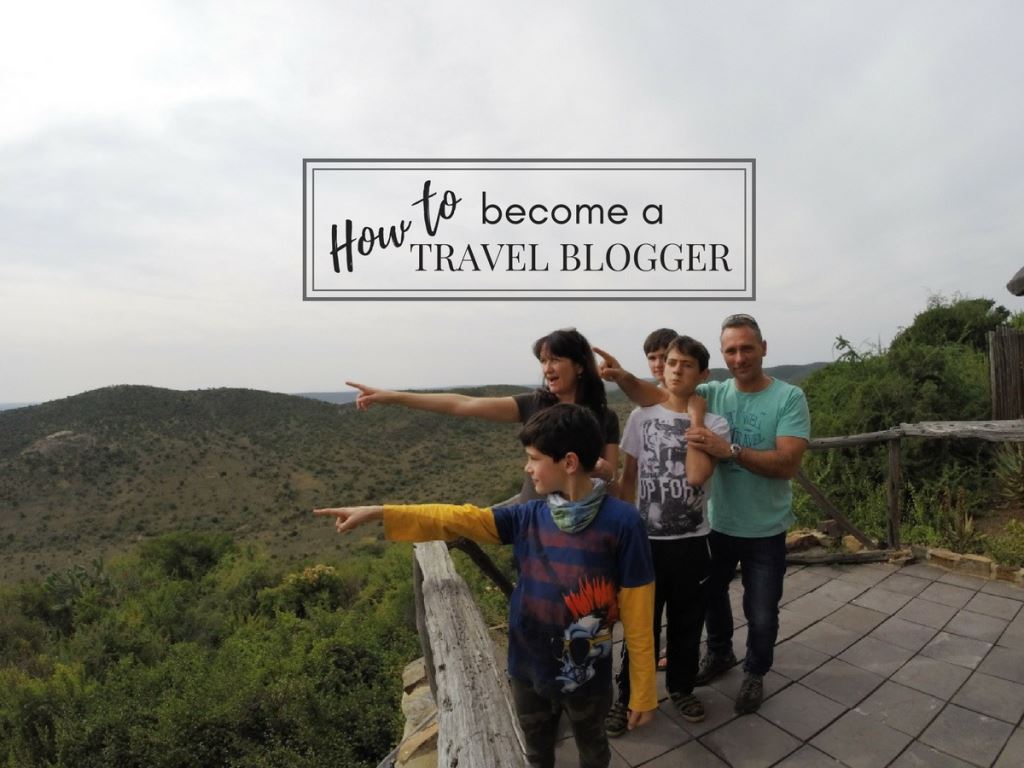
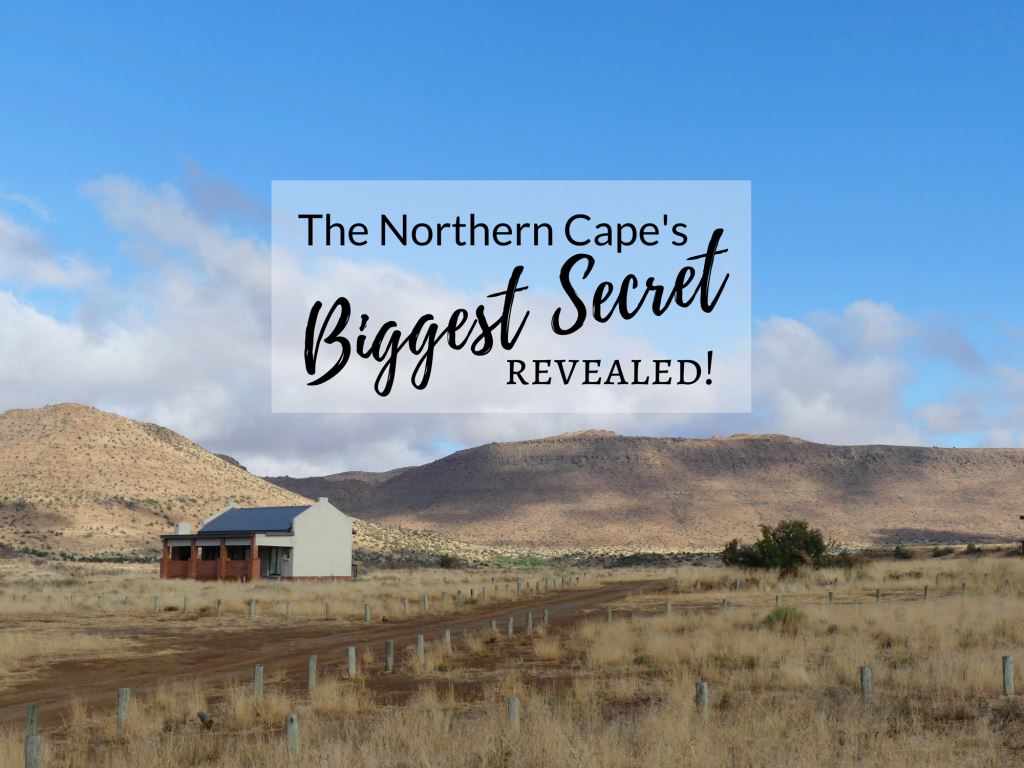
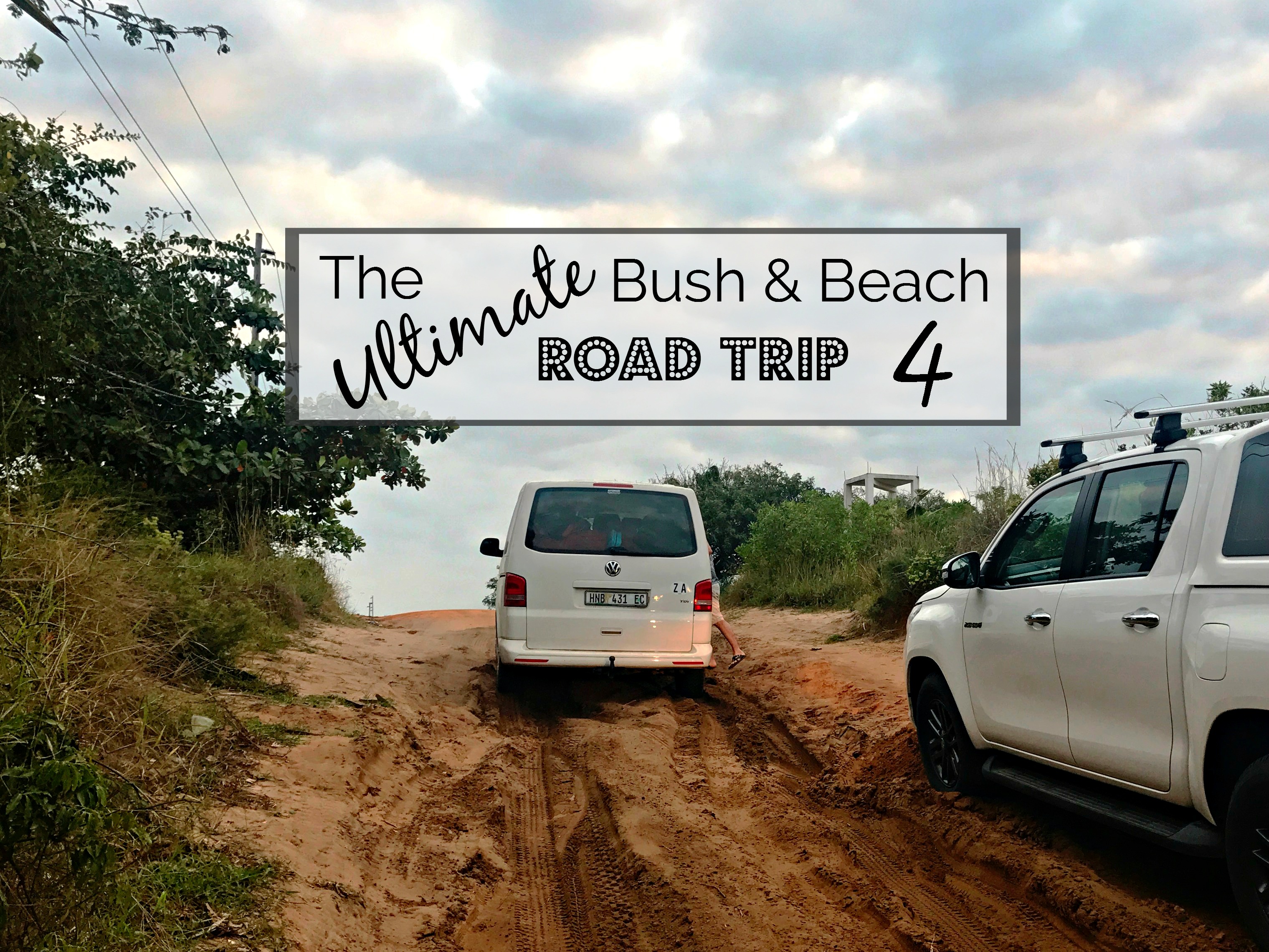


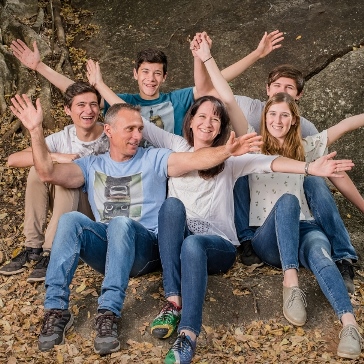










 Time for a picnic in the m
Time for a picnic in the m





 #t
#t










